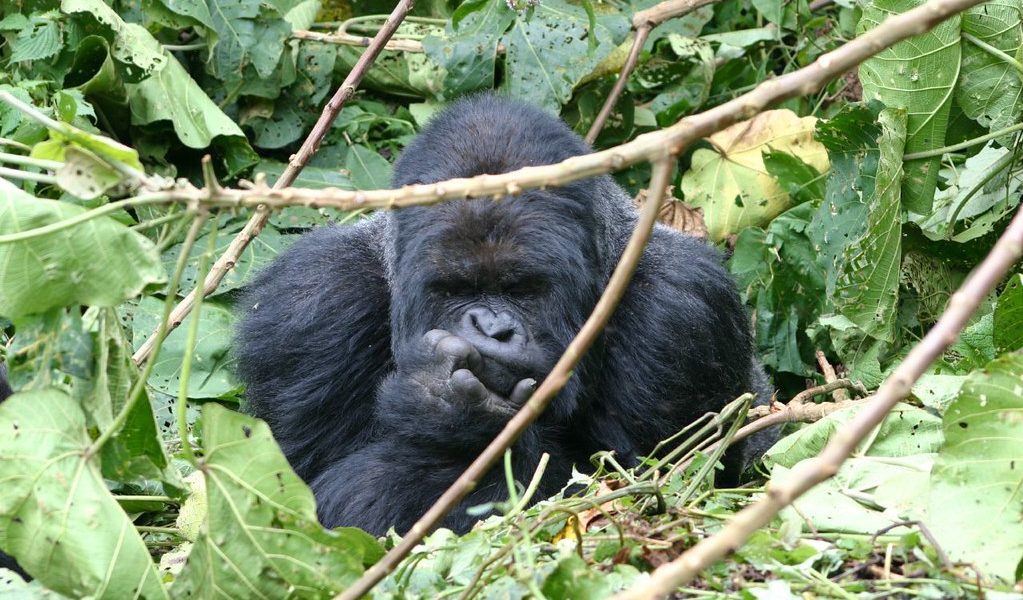Gorilla Trekking Tips
Here are the best and top Gorilla Trekking Tips for the exclusive and unparalleled gorilla trekking experience in Uganda, Rwanda, and Congo. Gorilla trekking is the act of meeting gorillas in their natural environment. It’s a rare and unique experience only possible in the Virunga region. Uganda, D.R. Congo, and Rwanda are the privileged destinations where you can experience this activity.
Gorillas are grouped into different species: mountain gorillas, which are accustomed to highland forested areas, and eastern lowland gorillas / Grauer’s gorillas, which inhabit the lowland areas. They differ little, especially in their physical attributes.
Uganda has mountain gorillas that can be trekked in Bwindi Impenetrable National Park and Mgahinga National Park.
Rwanda – Like Uganda, Rwanda only has mountain gorillas that can be trekked in Volcanoes National Park.
D.R. Congo – gorillas here are of diverse classification – both the Grauer’s gorillas / Eastern lowland gorillas and mountain gorillas. Mountain gorillas can be trekked in Virunga National Park. At the same time, Kahuzi-Biega National Park, Maiko National Park, Itombwe Massif, Tanya Gorilla Reserve, and the Usala Forest lands are home to the eastern lowland gorillas.
How much does Trekking Gorillas Cost?
To trek gorillas, one requires a valid gorilla permit. It’s an access document / a pass into the natural gorilla habitat.
D.R. Congo: A gorilla permit costs $450 for foreigners, $300 for East African nationals, and $20 for D.R. Congo citizens.
Uganda: A gorilla permit costs $700 for each foreign resident, UGX 300,000/= for East African nationals, and $800 for foreign non-residents.
Rwanda – a gorilla permit is charged 1,500$ for all nationals.
When should you do Trekking in East Africa?
The dry seasons, typically running from June to September and December to February, are the best times for gorilla trekking. These periods have fewer weather interruptions, ensuring visitors enjoy uninterrupted gorilla trekking tours in Rwanda, Uganda, or the DRC.
Packing list
- Trekking boots
These should be strong to avoid sharp objects that may pierce and hurt one’s feet. The trekking is done in jungles with shrubs and thorns.
- Hiking wear
Wearing long hiking trousers and a long-sleeved shirt/blouse is recommended to protect one’s skin from dangerous plants and stinging insects.
- Hat
A hat protects the head from falling objects and insects. Another reason is to prevent the sunlight from directly hitting their heads.
- Insect repellent
The jungle has all forms of insects, some of which sting. Insect repellent also saves the skin from dangerous insect bites.
- Backpack
It’s one of the most critical requirements. The duty is to pack and carry trekking materials to the jungle, such as drinking water, snacks, and repellents.
- Food pack and water bottle
Since there isn’t food in the wilderness, trekkers are advised to pack some light food as the trek progresses. Drinking water should also be packed in a water bottle.
- Camera
The power of photography is essential. Recreating memories is advised, so tourists are asked to carry a camera and at least four pairs of batteries.
- Pair of binoculars
Some gorillas or other forest creatures may be far away from eyesight, so a trekker needs to view them at a closer range. That’s the power of binoculars.
- Raincoat or Jacket
A raincoat is carried in case of rain, especially for visitors who choose trekking during rainy seasons. The above are the most essential requirements, although some may choose to add more to their list.
Gorilla Trekking Rules and Regulations
- Beware that only eight people per group can participate in the trekking experience. This is to minimize any possible disturbances to the gorillas.
- Upon getting to the forest, guides tell you when it’s safe to take photos. Please trust their expertise and follow their instructions for a safe and enjoyable experience.
- Upon getting to the forest, guides tell you when it’s safe to take photos.
- Keep a low voice while in the wilderness.
- Don’t litter while in the forest.
- Stay with your assigned group.
- A minimum 7 7-meter distance should be observed when close to the gorillas.
- Don’t eat or drink around the gorillas.
- Follow the guide’s advice when a gorilla charges.
- Don’t risk touching a gorilla.
- Flash cameras aren’t recommended.
- During the trek, you’ll have about an hour to spend with the gorillas. This time limit is in place to minimize disturbances to the gorillas and their natural behavior. It’s essential to respect this rule for the well-being of the gorillas and the sustainability of gorilla trekking.
- Keep a 200-meter distance from a gorilla family before one can raise their voice.
Now that you have the best Gorilla Trekking Tips, book your gorilla safari here and create a signature of memories.















